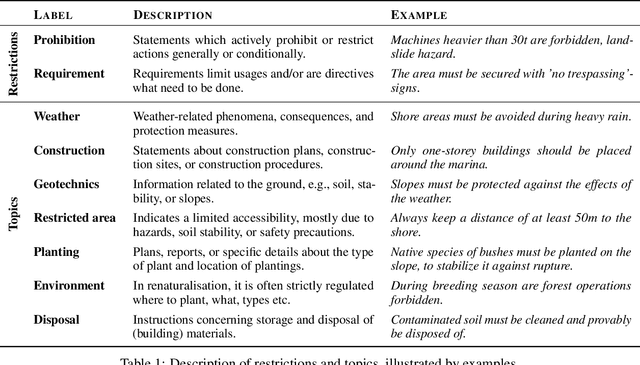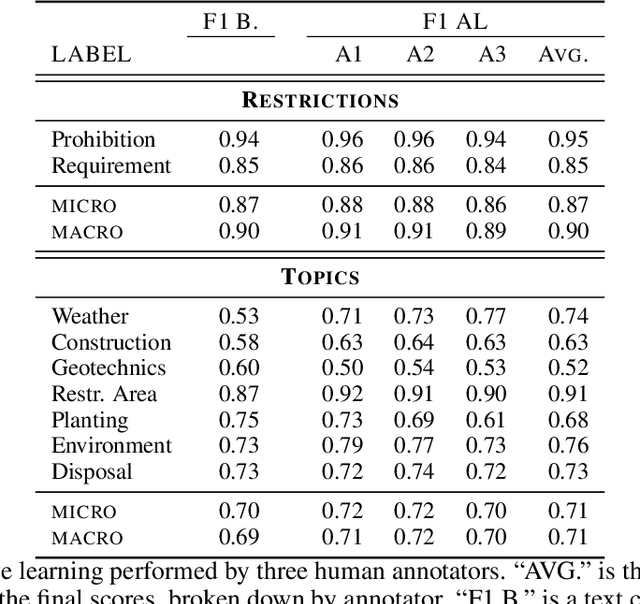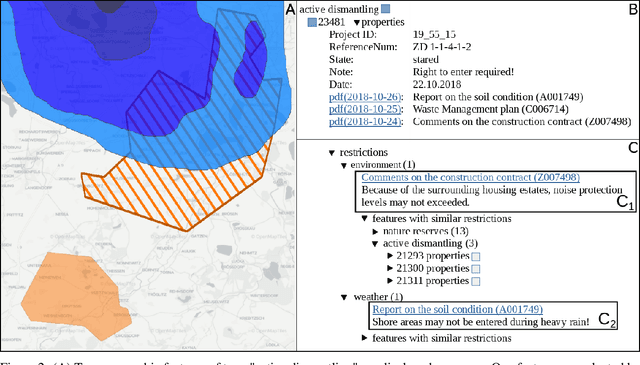Christian Bender
On the grid-sampling limit SDE
Oct 10, 2024Abstract:In our recent work [3] we introduced the grid-sampling SDE as a proxy for modeling exploration in continuous-time reinforcement learning. In this note, we provide further motivation for the use of this SDE and discuss its wellposedness in the presence of jumps.
A random measure approach to reinforcement learning in continuous time
Sep 25, 2024Abstract:We present a random measure approach for modeling exploration, i.e., the execution of measure-valued controls, in continuous-time reinforcement learning (RL) with controlled diffusion and jumps. First, we consider the case when sampling the randomized control in continuous time takes place on a discrete-time grid and reformulate the resulting stochastic differential equation (SDE) as an equation driven by suitable random measures. The construction of these random measures makes use of the Brownian motion and the Poisson random measure (which are the sources of noise in the original model dynamics) as well as the additional random variables, which are sampled on the grid for the control execution. Then, we prove a limit theorem for these random measures as the mesh-size of the sampling grid goes to zero, which leads to the grid-sampling limit SDE that is jointly driven by white noise random measures and a Poisson random measure. We also argue that the grid-sampling limit SDE can substitute the exploratory SDE and the sample SDE of the recent continuous-time RL literature, i.e., it can be applied for the theoretical analysis of exploratory control problems and for the derivation of learning algorithms.
Mining Legacy Issues in Open Pit Mining Sites: Innovation & Support of Renaturalization and Land Utilization
May 13, 2021



Abstract:Open pit mines left many regions worldwide inhospitable or uninhabitable. To put these regions back into use, entire stretches of land must be renaturalized. For the sustainable subsequent use or transfer to a new primary use, many contaminated sites and soil information have to be permanently managed. In most cases, this information is available in the form of expert reports in unstructured data collections or file folders, which in the best case are digitized. Due to size and complexity of the data, it is difficult for a single person to have an overview of this data in order to be able to make reliable statements. This is one of the most important obstacles to the rapid transfer of these areas to after-use. An information-based approach to this issue supports fulfilling several Sustainable Development Goals regarding environment issues, health and climate action. We use a stack of Optical Character Recognition, Text Classification, Active Learning and Geographic Information System Visualization to effectively mine and visualize this information. Subsequently, we link the extracted information to geographic coordinates and visualize them using a Geographic Information System. Active Learning plays a vital role because our dataset provides no training data. In total, we process nine categories and actively learn their representation in our dataset. We evaluate the OCR, Active Learning and Text Classification separately to report the performance of the system. Active Learning and text classification results are twofold: Whereas our categories about restrictions work sufficient ($>$.85 F1), the seven topic-oriented categories were complicated for human coders and hence the results achieved mediocre evaluation scores ($<$.70 F1).
 Add to Chrome
Add to Chrome Add to Firefox
Add to Firefox Add to Edge
Add to Edge